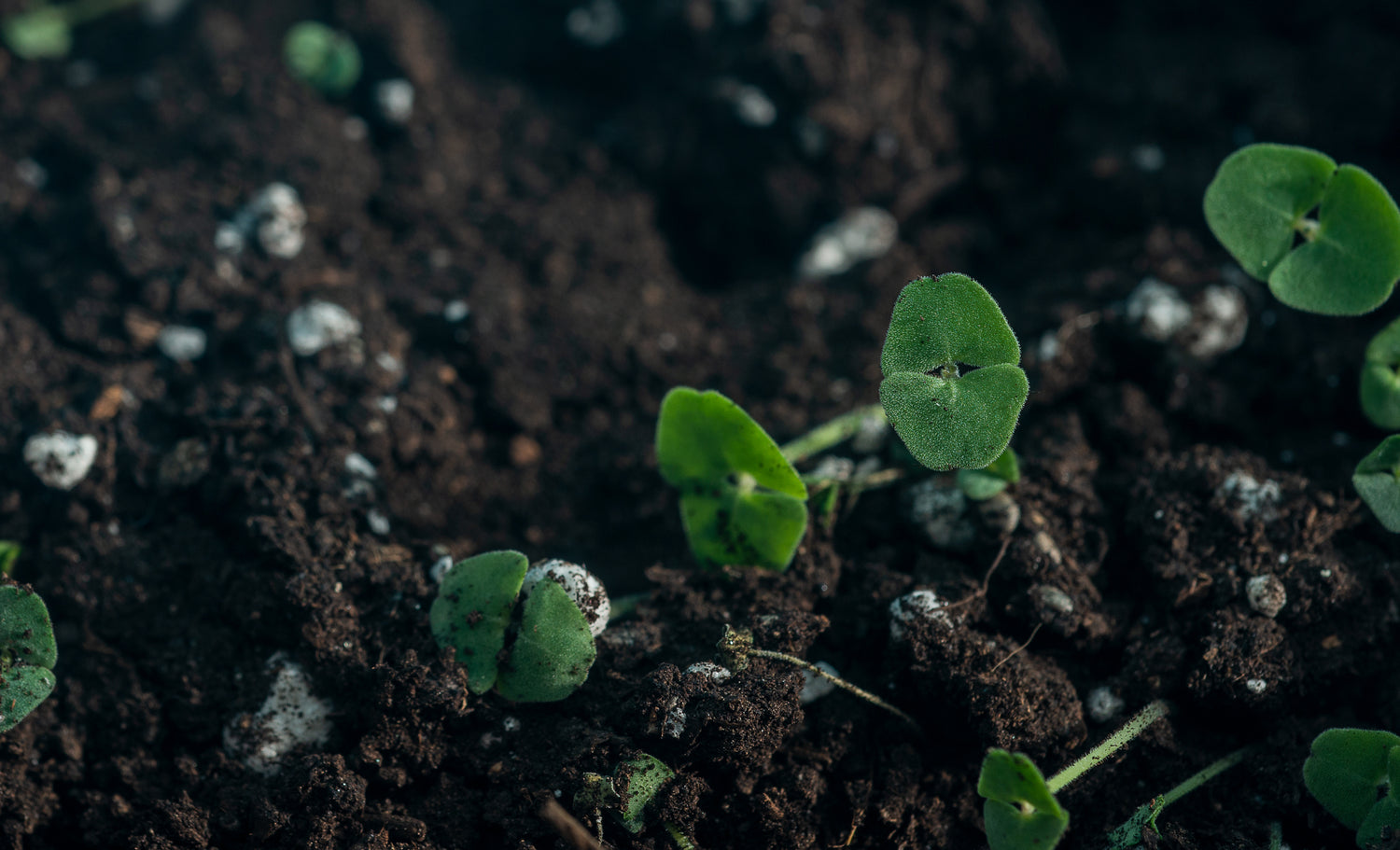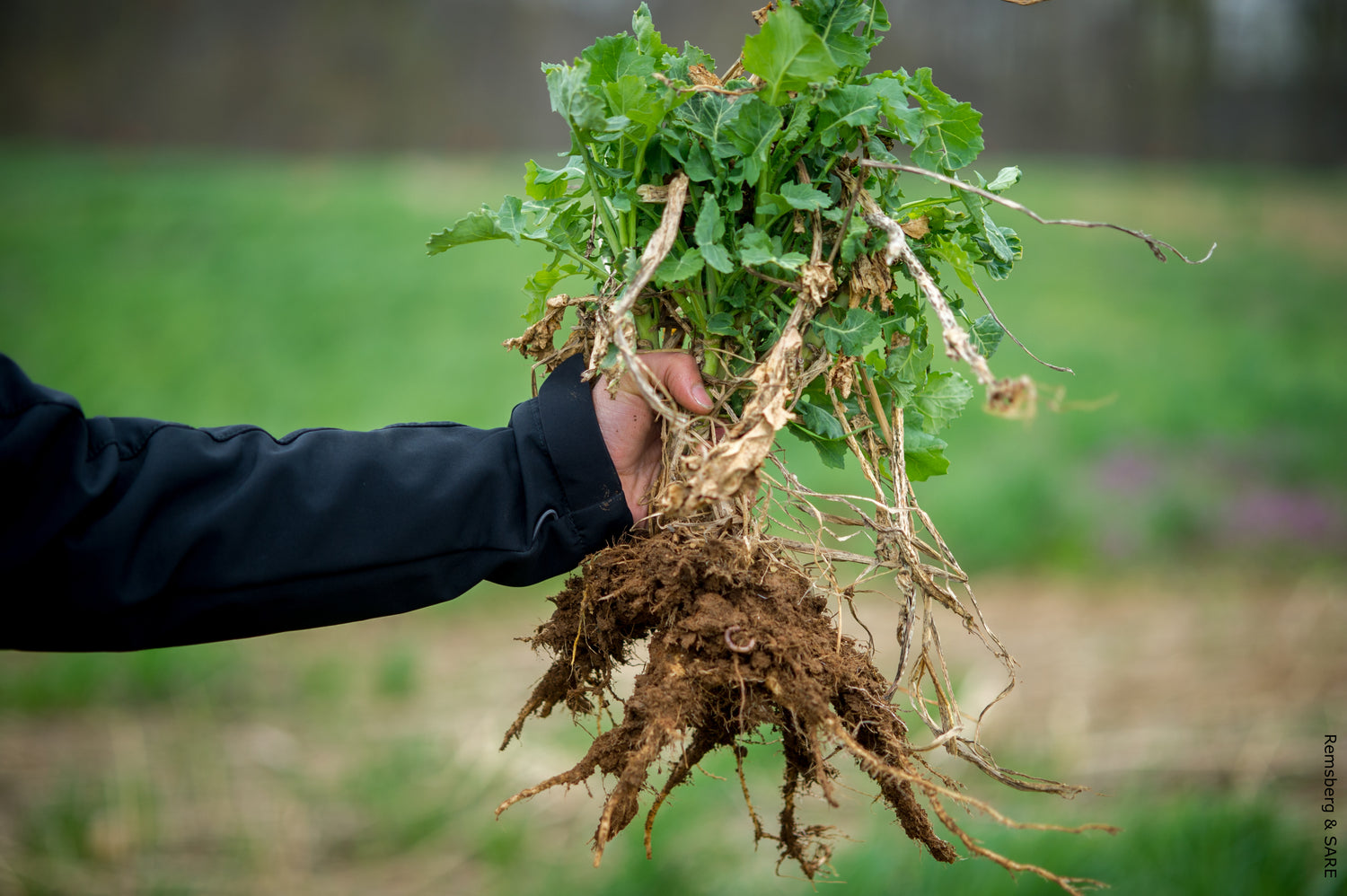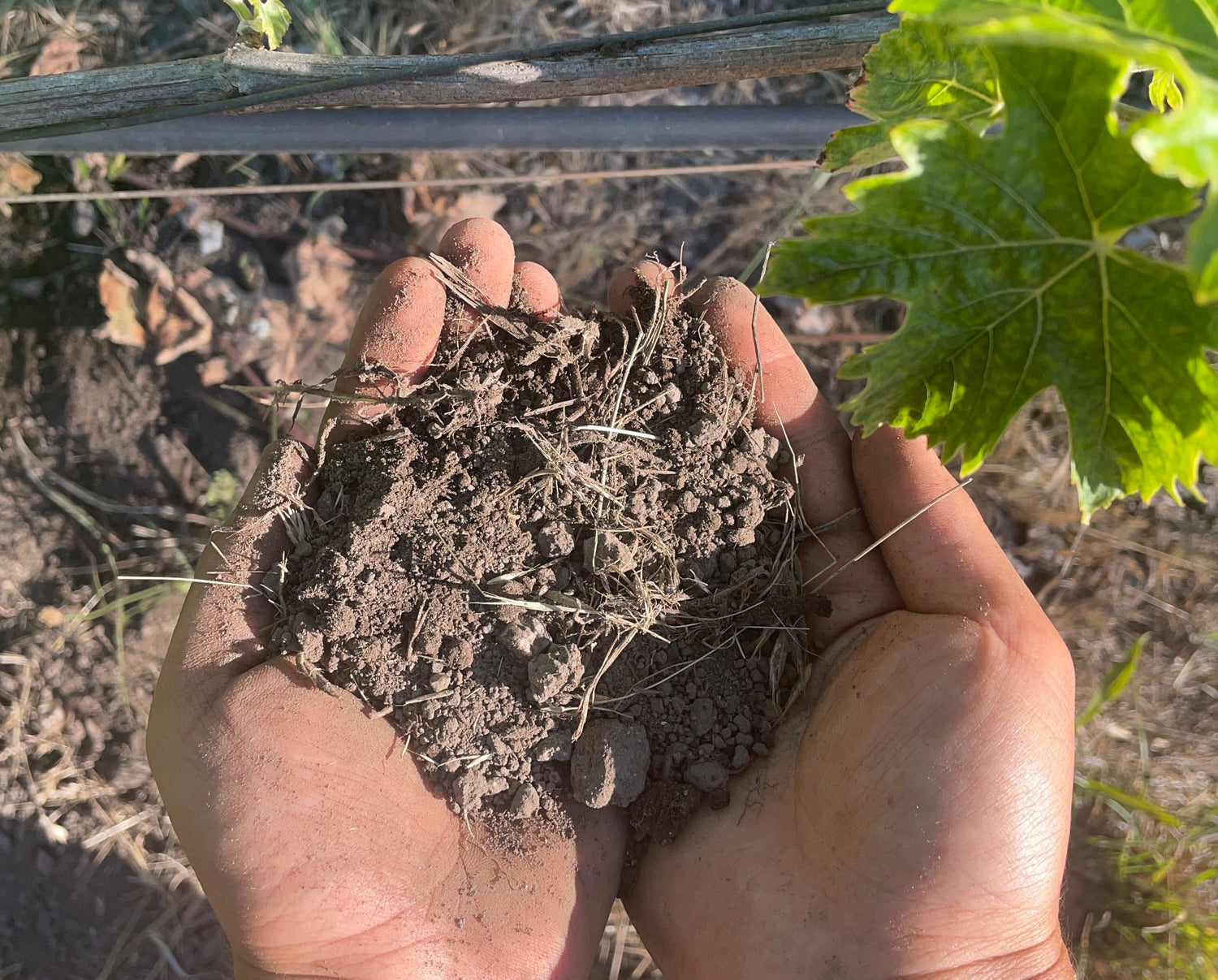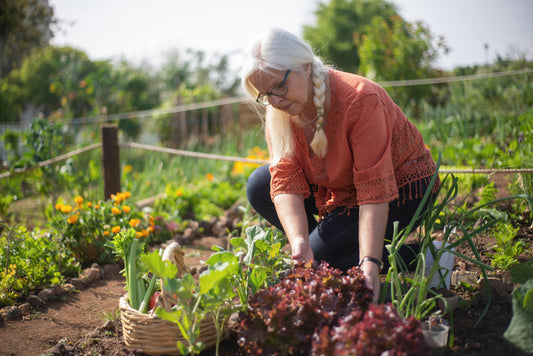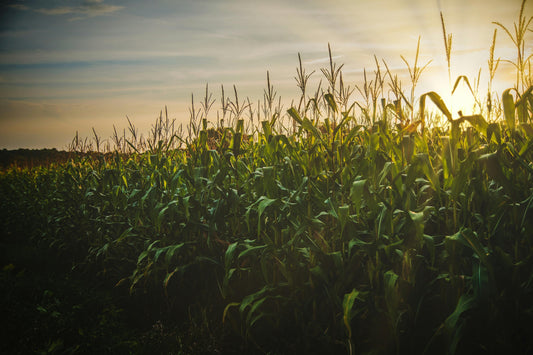Clay soil challenges gardeners with poor drainage, compaction, and difficult working conditions, but these heavy soils can be transformed into productive growing medium through proper soil improvement techniques. Understanding clay soil characteristics and applying proven amendment strategies creates opportunities for successful gardening and landscaping in challenging soil conditions.
Clay Soil Improvement: Complete Guide to Better Drainage & Plant Growth
Effective clay soil improvement requires adding organic matter (2-4 inches annually), improving drainage through raised beds or amendments, using gypsum to enhance soil structure, selecting appropriate plants, and implementing proper water management to transform dense clay into productive garden soil.
Understanding Clay Soil Characteristics
Clay soil consists of extremely fine particles that create a dense, compact growing medium with unique properties. While clay soils typically contain high levels of nutrients, their tight structure creates challenges for water infiltration, air movement, and root penetration.
The small particle size of clay creates large surface area that holds nutrients well but also leads to poor drainage and aeration. When wet, clay soil becomes sticky and difficult to work, while dry clay becomes hard and can crack extensively.
Clay soil's high water-holding capacity can benefit plants during dry periods but becomes problematic during wet weather when excess water cannot drain away. Understanding these characteristics helps guide appropriate improvement strategies.
Despite its challenges, clay soil offers advantages including excellent nutrient retention, natural fertility, and the potential for improvement through proper management techniques.
Soil Testing and Assessment
Professional soil testing provides essential information about clay soil conditions before beginning improvement efforts. Testing reveals pH levels, nutrient content, organic matter percentage, and soil texture composition.
Basic soil tests typically cost $15-50 and provide guidance for appropriate amendments. Testing helps avoid unnecessary amendments and ensures improvements target actual soil limitations.
Simple field tests can supplement laboratory analysis. The ribbon test involves moistening soil and rolling it into a ribbon to assess clay content, while a percolation test measures drainage rate by timing water infiltration.
Understanding existing soil conditions enables targeted improvements that address specific limitations while building on existing soil strengths.
Organic Matter: The Foundation of Improvement
Adding organic matter represents the most effective long-term strategy for improving clay soil structure, drainage, and fertility. Organic materials create aggregate formation that increases pore space and improves water infiltration.
Compost provides the best organic amendment for clay soil, offering balanced nutrition while improving soil structure. Well-decomposed compost integrates easily with clay and supports beneficial soil biology.
Aged manure adds organic matter and nutrients but should be well-composted to avoid burning plants or introducing weed seeds. Fresh manure can temporarily worsen clay soil structure.
Leaf mold, created by decomposing leaves, provides excellent organic matter that improves soil structure without adding excessive nutrients that might promote unwanted vegetative growth.
Apply 2-4 inches of organic matter annually, working it into the top 6-8 inches of soil when conditions allow. Consistent organic matter additions gradually transform clay soil structure over several seasons.
Soil Amendment Strategies
Gypsum Applications
Gypsum (calcium sulfate) improves clay soil structure by promoting flocculation, where clay particles clump together into larger aggregates. This process creates larger pore spaces that improve drainage and aeration.
Unlike lime, gypsum does not significantly alter soil pH, making it suitable for soils that don't need pH adjustment. Apply gypsum according to soil test recommendations, typically 20-40 pounds per 1,000 square feet.
Gypsum effects develop gradually over months to years, requiring patience for full benefits. Combining gypsum with organic matter provides both immediate and long-term soil improvement.
Sand Addition Considerations
Adding coarse sand can improve clay soil drainage when used in sufficient quantities. However, small amounts of sand can worsen clay soil by creating a concrete-like mixture.
Successful sand amendment requires adding at least 50% sand by volume to significantly change soil texture. This massive undertaking often proves impractical for large areas.
Consider sand addition only for small areas like individual planting beds where the cost and effort can be justified. Focus on organic matter additions for larger-scale clay soil improvement.
Cover Crops and Green Manures
Cover crops provide living soil improvement by adding organic matter through root systems and above-ground growth. Deep-rooted cover crops help break up compacted clay layers naturally.
Leguminous cover crops like crimson clover or winter peas add nitrogen while improving soil structure. Non-legume options like winter rye provide excellent organic matter and erosion control.
Allow cover crops to grow for a full season before incorporating them into the soil. This maximizes organic matter production and soil structure benefits.
Drainage Improvement Solutions
Raised Bed Construction
Raised beds provide immediate solutions for clay soil drainage problems by creating growing areas above the natural soil level. Beds 8-12 inches high significantly improve drainage for most plants.
Fill raised beds with a mixture of topsoil, compost, and coarse organic matter to create ideal growing conditions. This approach allows gardening success while gradually improving underlying clay soil.
Permanent raised beds represent a long-term investment that provides reliable growing conditions regardless of seasonal weather variations.
French Drains and Drainage Systems
French drains help remove excess water from clay soil areas prone to waterlogging. These systems involve installing perforated pipes in gravel-filled trenches that collect and redirect water.
Drainage systems work best when designed to move water to appropriate outlets such as storm drains or naturally lower areas. Professional installation may be necessary for complex drainage situations.
Surface drainage improvements including swales and contouring can redirect water flow away from problem areas without major excavation.
Water Management for Clay Soils
Proper watering techniques become crucial for clay soil success. Deep, infrequent watering encourages deep root development while allowing time for water infiltration between waterings.
Clay soil's high water-holding capacity means less frequent watering compared to sandy soils. Overwatering easily occurs in clay, leading to root rot and other moisture-related problems.
Monitor soil moisture at root depth rather than relying on surface conditions. Clay soil surfaces may appear dry while subsurface moisture remains adequate for plant needs.
Irrigation timing should account for clay soil's slow infiltration rate. Apply water slowly to allow penetration rather than causing runoff from impermeable clay surfaces.
Plant Selection for Clay Soils
Choosing appropriate plants significantly increases gardening success in clay soil conditions. Many plants actually prefer the consistent moisture and high nutrient levels that clay soils provide.
Native plants typically adapt well to local clay soil conditions since they evolved in these environments. Research native species for your region to find naturally adapted options.
Moisture-tolerant perennials like astilbe, cardinal flower, and various ferns thrive in clay soil's consistent moisture conditions. These plants often struggle in sandy soils that dry out quickly.
Trees and shrubs with strong root systems can help improve clay soil over time while providing immediate landscape structure. Oaks, maples, and dogwoods often perform well in clay conditions.
| Plant Type | Clay-Tolerant Examples | Benefits for Clay Soil |
|---|---|---|
| Perennials | Coneflower, Black-eyed Susan, Bee Balm | Deep roots help break up clay layers |
| Shrubs | Viburnum, Potentilla, Spirea | Provide structure while tolerating wet conditions |
| Trees | Oak, Maple, Dogwood | Long-term soil improvement through root activity |
| Grasses | Switchgrass, Little Bluestem | Fibrous roots improve soil structure |
| Vegetables | Brassicas, Root vegetables | Can tolerate heavier soils when amended |
Mulching and Surface Management
Organic mulch provides multiple benefits for clay soil improvement including erosion control, moisture regulation, and gradual organic matter addition as it decomposes.
Apply 2-4 inches of organic mulch around plants, keeping mulch away from direct contact with plant stems to prevent rot and pest problems.
Wood chips, shredded bark, and compost make excellent mulch materials for clay soil. These materials break down slowly, providing long-term soil improvement benefits.
Mulch helps moderate soil temperature extremes and reduces the impact of heavy rains on clay soil surfaces, preventing crust formation that can impede water infiltration.
Seasonal Clay Soil Management
Timing soil improvement activities around seasonal conditions maximizes success and minimizes damage to clay soil structure.
Work clay soil only when moisture conditions are appropriate. Soil should crumble in your hand rather than forming sticky balls or being bone dry.
Fall represents the ideal time for major clay soil amendments, allowing winter weather to help integrate materials and freeze-thaw cycles to improve soil structure.
Avoid walking on or working clay soil when it's wet, as this causes compaction that can undo years of improvement efforts.
Long-term Maintenance Strategies
Clay soil improvement requires ongoing attention and consistent management practices to maintain gains and continue improvements over time.
Annual organic matter additions help sustain soil structure improvements and support beneficial soil biology essential for long-term clay soil health.
Regular aeration using a garden fork or mechanical aerator helps prevent recompaction and maintains improved drainage characteristics.
Monitor and adjust management practices based on observed plant performance and soil conditions. Successful clay soil management evolves with experience and changing conditions.
Frequently Asked Questions
How do I improve clay soil drainage?
Improve clay soil drainage by adding organic matter like compost, installing raised beds, using gypsum to improve soil structure, and avoiding compaction. These methods increase pore space and water infiltration.
What can I add to clay soil to make it better?
Add organic matter such as compost, well-aged manure, or leaf mold to clay soil. Gypsum can also help improve soil structure. Avoid adding sand unless you can add large quantities, as small amounts can make clay worse.
What plants grow well in clay soil?
Plants that tolerate clay soil include native perennials like coneflowers and black-eyed Susans, shrubs like viburnum and potentilla, and trees like oak and maple. Many native plants are naturally adapted to clay conditions.
How long does it take to improve clay soil?
Clay soil improvement is a gradual process that typically takes 2-3 years of consistent organic matter additions to see significant changes. Some improvements in workability and drainage may be noticed within the first growing season.
Should I add sand to clay soil?
Adding small amounts of sand to clay soil can make it worse by creating a concrete-like mixture. Only add sand if you can incorporate at least 50% sand by volume, which is usually impractical for large areas.
When is the best time to work clay soil?
Work clay soil when moisture content is appropriate - it should crumble in your hand rather than being sticky or dusty. Late fall and early spring often provide ideal conditions.
How do I prevent clay soil compaction?
Prevent clay soil compaction by avoiding foot traffic and machinery when soil is wet, using permanent pathways, and maintaining organic matter levels that help preserve soil structure.
Can I grow vegetables in clay soil?
Yes, many vegetables can grow in amended clay soil. Root vegetables like carrots may struggle, but brassicas, beans, and squash often perform well in improved clay soils with adequate drainage.
Conclusion
Clay soil improvement requires patience, understanding, and consistent application of proven techniques that work with rather than against clay's natural characteristics. Through regular organic matter additions, appropriate plant selection, proper water management, and strategic use of amendments like gypsum, gardeners can transform challenging clay soil into productive growing medium. Success comes from recognizing that clay soil improvement is a gradual process that rewards persistence with increasingly better growing conditions over time. Raised beds provide immediate solutions while long-term soil building creates sustainable improvements. The key lies in working with clay soil's natural properties while addressing its limitations through proven soil improvement methods. With proper management, clay soil's natural fertility and water-holding capacity become assets rather than obstacles, supporting thriving gardens and landscapes that benefit from clay's inherent strengths.
Sources
- USDA Natural Resources Conservation Service. Soil Health Assessment. https://www.nrcs.usda.gov/resources/guides-and-instructions/soil-health
- University of California Cooperative Extension. Soil Management Guidelines. https://ucanr.edu/
- Cornell University Soil Health Laboratory. Clay Soil Management. https://soilhealth.cals.cornell.edu/
- Oregon State University Extension. Soil Improvement for Heavy Clay. https://extension.oregonstate.edu/
- Rodale Institute. Soil Health Research and Organic Matter. https://rodaleinstitute.org/science/soil-health/
- USDA Agricultural Research Service. Soil Structure and Amendment Research. https://www.ars.usda.gov/
- Soil Science Society of America. Clay Soil Management Guidelines. https://www.soils.org/
- University of Minnesota Extension. Heavy Clay Soil Solutions. https://extension.umn.edu/






